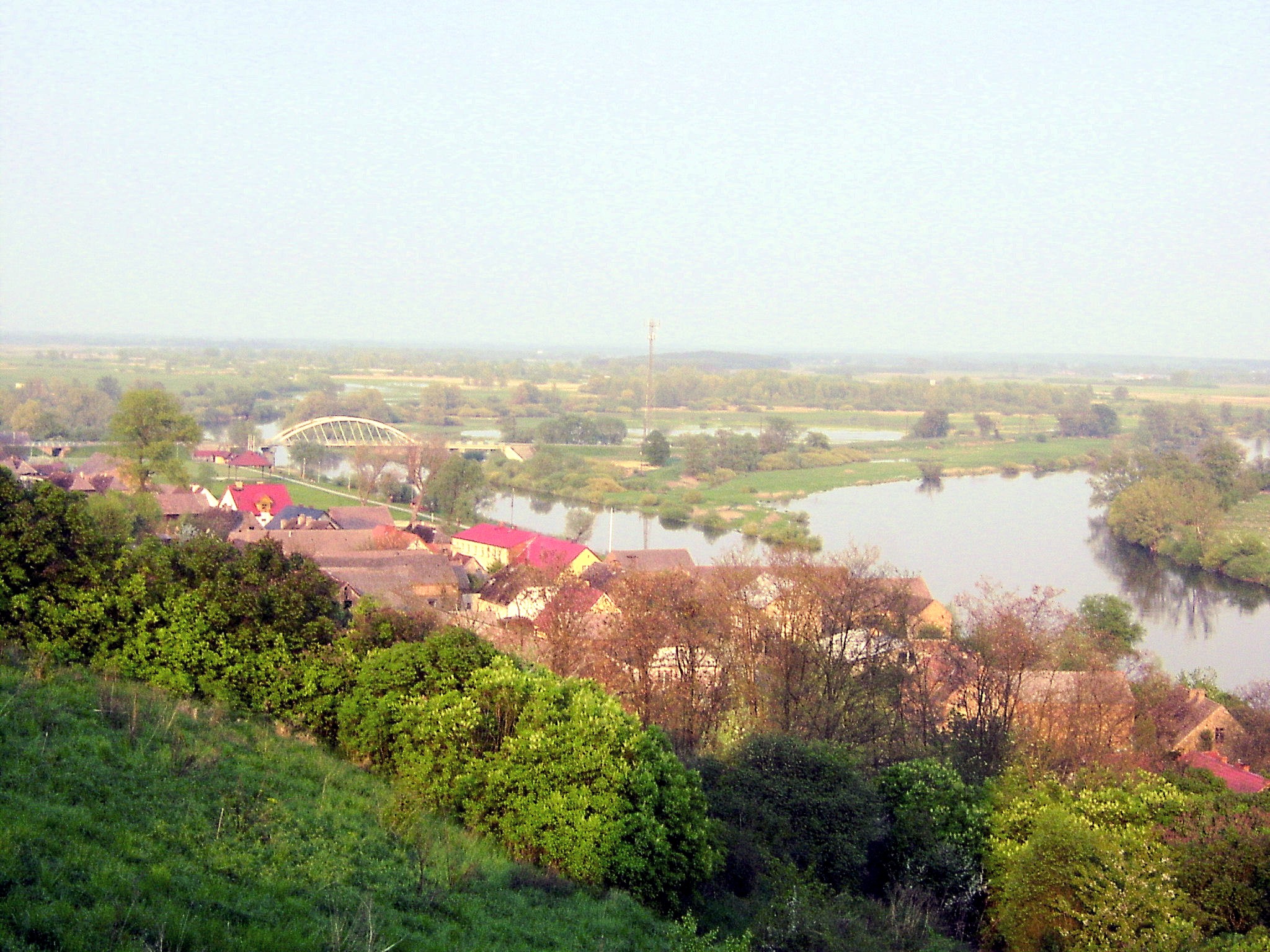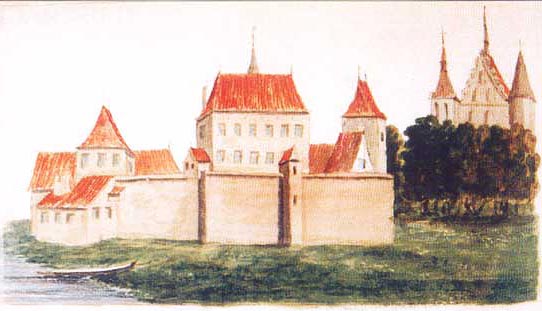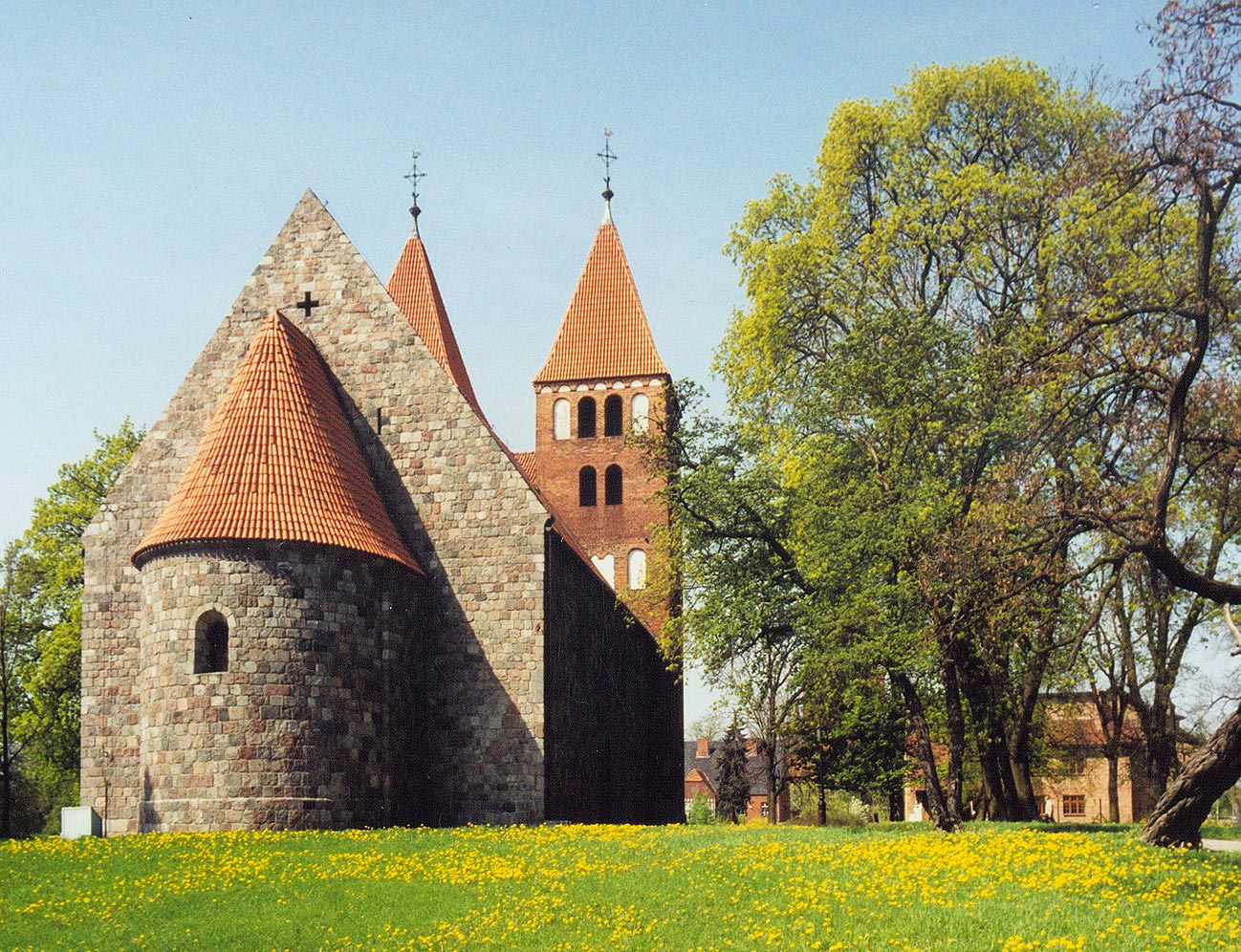|
Kuyavia
Kuyavia ( pl, Kujawy; german: Kujawien; la, Cuiavia), also referred to as Cuyavia, is a historical region in north-central Poland, situated on the left bank of Vistula, as well as east from Noteć River and Lake Gopło. It is divided into three traditional parts: north-western (with the capital in Bydgoszcz, ethnographically regarded often as non-Kuyavian), central (the capital in Inowrocław or Kruszwica), and south-eastern (the capital in Włocławek or Brześć Kujawski). Etymology The name Kuyavia first appeared in written sources in the 1136 Bull of Gniezno ( pl, Bulla Gnieźnieńska, Latin: ''Ex commisso nobis'') issued by Pope Innocent II, and was then mentioned in many documents from medieval times. It is also mentioned in the chronicles of Wincenty Kadłubek. Geography In the north, Kuyavia borders with the historic regions of Gdańsk Pomerania ( Pomerelia) and Chełmno Land, in the west with proper (exact) Greater Poland, in the south with Łęczyca Land and in ... [...More Info...] [...Related Items...] OR: [Wikipedia] [Google] [Baidu] |
Włocławek
Włocławek (Polish pronunciation: ; german: Leslau) is a city located in central Poland along the Vistula (Wisła) River and is bordered by the Gostynin-Włocławek Landscape Park. As of December 2021, the population of the city is 106,928. Located in the Kuyavian-Pomeranian Voivodeship, it was the capital of Włocławek Voivodeship until 1999. The city is located in the historical region of Kuyavia and is the region's third largest city after Bydgoszcz and Toruń. History Włocławek's history dates back to the late Bronze Age – early Iron Age (1300 BCE – 500 BCE). Archaeological excavations conducted on the current city site uncovered the remains of a settlement belonging to the Lusatian culture, as well as evidence of a settlement of early Pomeranian culture which had been established. Traces of additional settlements dating to the Roman period and the early Middle Ages have also been excavated in the area. Middle Ages Precise dating of the city's founding ha ... [...More Info...] [...Related Items...] OR: [Wikipedia] [Google] [Baidu] |
Brześć Kujawski
Brześć Kujawski (Polish pronunciation: ; or ''Kujawisch Brest''; often anglicized to Kuyavian Brest) is a town in the Kuyavian-Pomeranian Voivodeship of Poland. Once a royal seat of Kuyavia, the town has been the seat of one of two small duchies into which Kuyavia has been temporarily divided. As of December 2021, the town has a population of 4,527. The name Brześć comes from the word Brzost, which is a species of elm that the area was originally covered in, while the name Kujawski is derived from the region of Kuyavia and was assigned to distinguish the town from Brześć Litewski, now capital of the Brest Region. History The earliest traces of Brześć Kujawski date back to Neolithic settlements, but it wasn't until the thirteenth century that the area became of significant importance as it was the site of a stronghold that was the seat of the Dukes of Kuyavia. Brześć was a part of fragmented Piast-ruled Poland, initially located in the Duchy of Masovia, then th ... [...More Info...] [...Related Items...] OR: [Wikipedia] [Google] [Baidu] |
Poland
Poland, officially the Republic of Poland, is a country in Central Europe. It is divided into 16 administrative provinces called voivodeships, covering an area of . Poland has a population of over 38 million and is the fifth-most populous member state of the European Union. Warsaw is the nation's capital and largest metropolis. Other major cities include Kraków, Wrocław, Łódź, Poznań, Gdańsk, and Szczecin. Poland has a temperate transitional climate and its territory traverses the Central European Plain, extending from Baltic Sea in the north to Sudeten and Carpathian Mountains in the south. The longest Polish river is the Vistula, and Poland's highest point is Mount Rysy, situated in the Tatra mountain range of the Carpathians. The country is bordered by Lithuania and Russia to the northeast, Belarus and Ukraine to the east, Slovakia and the Czech Republic to the south, and Germany to the west. It also shares maritime boundaries with Denmark a ... [...More Info...] [...Related Items...] OR: [Wikipedia] [Google] [Baidu] |
Inowrocław
Inowrocław (; german: Hohensalza; before 1904: Inowrazlaw; archaic: Jungleslau) is a city in central Poland with a total population of 70,713 in December 2021. It is situated in the Kuyavian-Pomeranian Voivodeship since 1999, previously in the Bydgoszcz Voivodeship (1975–1998). It is one of the largest and most historically significant cities within Kuyavia. Inowrocław is an industrial town located about southeast of Bydgoszcz known for its saltwater baths and salt mines. The town is the 5th largest agglomeration in its voivodeship, and is a major railway junction, where the west–east line (Poznań–Toruń) crosses the Polish Coal Trunk-Line from Chorzów to Gdynia. History The town was first mentioned in 1185 as Novo Wladislaw, possibly in honor of Władysław I Herman or after the settlers from Włocławek. Many inhabitants of Włocławek settled in Inowrocław fleeing flooding. In 1236, the settlement was renamed Juveni Wladislawia. It was incorporated two years ... [...More Info...] [...Related Items...] OR: [Wikipedia] [Google] [Baidu] |
Bydgoszcz
Bydgoszcz ( , , ; german: Bromberg) is a city in northern Poland, straddling the meeting of the River Vistula with its left-bank tributary, the Brda. With a city population of 339,053 as of December 2021 and an urban agglomeration with more than 470,000 inhabitants, Bydgoszcz is the eighth-largest city in Poland. It is the seat of Bydgoszcz County and the co-capital, with Toruń, of the Kuyavian-Pomeranian Voivodeship. The city is part of the Bydgoszcz–Toruń metropolitan area, which totals over 850,000 inhabitants. Bydgoszcz is the seat of Casimir the Great University, University of Technology and Life Sciences and a conservatory, as well as the Medical College of Nicolaus Copernicus University in Toruń. It also hosts the Pomeranian Philharmonic concert hall, the Opera Nova opera house, and Bydgoszcz Airport. Being between the Vistula and Oder (Odra in Polish) rivers, and by the Bydgoszcz Canal, the city is connected via the Noteć, Warta, Elbe and German cana ... [...More Info...] [...Related Items...] OR: [Wikipedia] [Google] [Baidu] |
Koronowo
Koronowo (Polish pronunciation: ; , archaic ''Polnisch Krone'') is a town on the Brda River in Poland, located in the Kuyavian-Pomeranian Voivodeship, 25 km from Bydgoszcz, with 11,029 inhabitants (2010). It is located in the historic region of Kuyavia. The town of Koronowo has an area of 2,818 ha and this makes it one of the largest towns in Bydgoszcz County. The Koronowo municipality has an area of 41,170 ha and 23,052 inhabitants. History In the Early Middle Ages, a Slavic stronghold was built in present-day Koronowo. It was included into the emerging Polish state in the 10th century and finally integrated with it in the 12th century. In 1288 the Cistercians from nearby Byszewo founded an abbey in Koronowo. The settlement prospered due to its location at the intersection of trade routes from Kuyavia and Greater Poland to Gdańsk, and from the Chełmno Land to Western Pomerania. In 1359 King Casimir III the Great vested it with town privileges, which however wer ... [...More Info...] [...Related Items...] OR: [Wikipedia] [Google] [Baidu] |
Pomerelia
Pomerelia,, la, Pomerellia, Pomerania, pl, Pomerelia (rarely used) also known as Eastern Pomerania,, csb, Pòrénkòwô Pòmòrskô Vistula Pomerania, prior to World War II also known as Polish Pomerania, is a historical sub-region of Pomerania on the southern shore of the Baltic Sea. The designation of Gdańsk Pomerania, is largely coextensive with Pomerelia, but slightly narrower, as it does not cover the Chełmno Land (including the Michałów Land). Its largest and most important city is Gdańsk. Since 1999, the region has formed the core of the Pomeranian Voivodeship. Overview Pomerelia is located in northern Poland west of the Vistula river and east of the Łeba river, mostly within the Pomeranian Voivodeship, with southern part located in the Kuyavian-Pomeranian Voivodeship and small parts in West Pomeranian Voivodeship. It has traditionally been divided into Kashubia, Kociewie, Tuchola Forest and Chełmno Land (including the Michałów Land, sometimes with t ... [...More Info...] [...Related Items...] OR: [Wikipedia] [Google] [Baidu] |
Kruszwica
Kruszwica (german: Kruschwitz) is a town in central Poland and is situated in the Kuyavian-Pomeranian Voivodeship (since 1999), previously in Bydgoszcz Voivodeship (1975–1998). It has a population of 9,412 (2004). Initially founded in the 6th century, Kruszwica is the oldest town in the region and features a medieval castle with a 12th-century Romanesque church. History ''This article incorporates text from "The Political History of Poland" (1917) by Edward Henry Lewinski-Corwin, a publication now in the public domain.'' Owing to the frequent raids of the Norsemen, the people of this region early organized an effective military force of defense. Under the protection of the military bands and their chiefs, the fields could safely be cultivated and the little, fortified towns (grody), which became places for the transaction of intertribal business and barter, for common worship, and for the storage of goods during a foreign invasion could be successfully defended and the wrong ... [...More Info...] [...Related Items...] OR: [Wikipedia] [Google] [Baidu] |
Gopło
Gopło is a lake in Kuyavian-Pomeranian Voivodeship, north-central Poland, near the city of Gniezno. It gives its name to the protected area called Gopło Landscape Park. In early Middle Ages, the shores of Lake Gopło were home to a West Slavic tribe of Goplans. At the northern end of the lake stands the "Mice Tower" of Kruszwica. Its name derives from a legend of the corrupt Prince Popiel Prince Popiel ІІ (or Duke Popiel) was a legendary 9th-century ruler of two proto- Polish tribes, the Goplans and West Polans. He was the last member of the Popielids, a mythical dynasty before the Piasts. According to the chroniclers Gall ..., who fled to the tower from his rebelling population, and was devoured there by mice. Some historians and archaeologists consider the area the heart of the first state of the Polans, the "founding" tribe of Poland.Lozny, "Transition to Statehood", p. 283. Notes References * Lozny, Ludomir (2004), "The Transition to Statehood in Central Euro ... [...More Info...] [...Related Items...] OR: [Wikipedia] [Google] [Baidu] |
Noteć
Noteć (; , ) is a river in central Poland with a length of (7th longest) and a basin area of . Statistics Poland, p. 85-86 It is the largest tributary of the Warta river and lies completely within Poland. Course  It rises in the
It rises in the [...More Info...] [...Related Items...] OR: [Wikipedia] [Google] [Baidu] |
Dobrzyń Land
Dobrzyń Land ( pl, ziemia dobrzyńska) is a historical region in central-northern Poland. It lies northeast of the Vistula River, south of the Drwęca, and west of the Skrwa. The territory approximately corresponds with the present-day powiats of Lipno, Rypin, and half of Golub-Dobrzyń within the Kuyavian-Pomeranian Voivodeship, although it encompasses parts of other counties as well. Totally, it has about 3,000 km2 and 200,000 inhabitants. Its historic capital is Dobrzyń nad Wisłą, which gave its name to the entire region. Its largest town is Rypin. History The region became part of the emerging Polish state under duke Mieszko I of Poland (960–992). Upon the death of his descendant Duke Bolesław III Wrymouth in 1138, it was allocated to the newly established Duchy of Masovia, a provincial duchy of Poland. In his Prussian Crusade, Duke Konrad I of Masovia in 1228 established the Order of Dobrzyń of German knights (''fratribus militiae Christi in Prussia'' ... [...More Info...] [...Related Items...] OR: [Wikipedia] [Google] [Baidu] |
Chełmno Land
Chełmno land ( pl, ziemia chełmińska, or Kulmerland, Old Prussian: ''Kulma'', lt, Kulmo žemė) is a part of the historical region of Pomerelia, located in central-northern Poland. Chełmno land is named after the city of Chełmno (historically also known as Culm). The largest city in the region is Toruń; another bigger city is Grudziądz. It is located on the right bank of the Vistula river, from the mouth of the Drwęca (southern boundary) to the Osa (northern). Its eastern frontier is Lubawa Land. The region, depending on the period and interpretation, may be included in other larger regions: Mazovia, Pomerania or Prussia. Currently in Poland it is classified as part of Pomerania, due to strong connections with Gdańsk Pomerania in recent centuries, with which it is collectively called the Vistula Pomerania (''Pomorze Nadwiślańskie''), although it also has close ties with neighboring Kuyavia. As a result it forms part of the Kuyavian-Pomeranian Voivodship, a ... [...More Info...] [...Related Items...] OR: [Wikipedia] [Google] [Baidu] |




